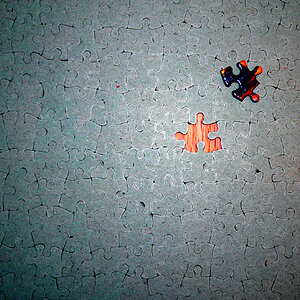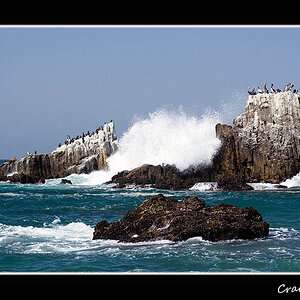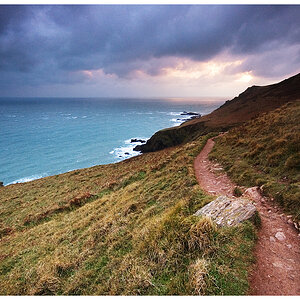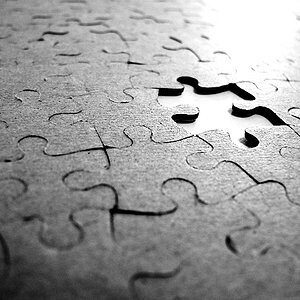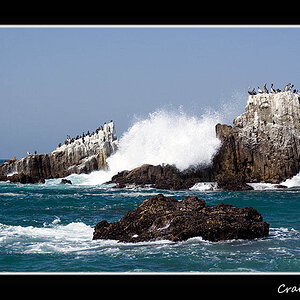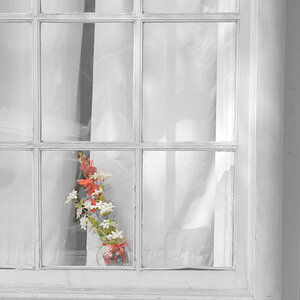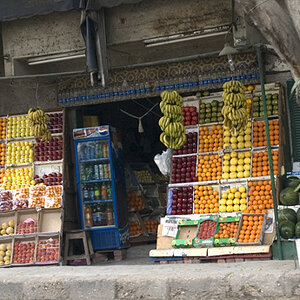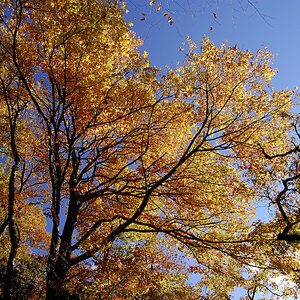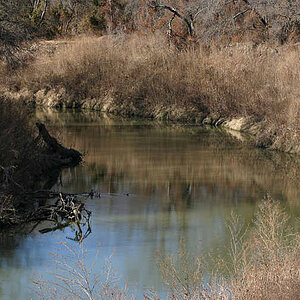pauluk
TPF Noob!
- Joined
- Aug 7, 2007
- Messages
- 10
- Reaction score
- 0
- Location
- Manchester UK
- Can others edit my Photos
- Photos OK to edit
im soooo confused :er:... ive booked myself in on a landscape photography course in the Peak District... very nice.. and now the tricky bit... picking a digital camera to buy...
is the Pentax K10D good enough to create amazingly sharp images?
I like the sound of it because its smaller and weather/dust proof, but wondering how much diference is there between the Pentax K10D and the bigger sized & res Canon/Nikons
Are they worth the extra money and carrying about factor.
Ive seen the thread on here 'Photo of the Month' which features some amazing images... Can they be acheived with the Pentax K10D.
I must point out that I love night-time photography.
Thanks for any replys :hail:
is the Pentax K10D good enough to create amazingly sharp images?
I like the sound of it because its smaller and weather/dust proof, but wondering how much diference is there between the Pentax K10D and the bigger sized & res Canon/Nikons
Are they worth the extra money and carrying about factor.
Ive seen the thread on here 'Photo of the Month' which features some amazing images... Can they be acheived with the Pentax K10D.
I must point out that I love night-time photography.
Thanks for any replys :hail:


![[No title]](/data/xfmg/thumbnail/39/39447-6e7679723d775935851f055bae9712ba.jpg?1619739036)
